‘Secret’ police bunker may be conserved
SINGAPORE — The Pearl’s Hill Terrace “secret police bunker”, with its bomb-proof walls and refurbished police operation rooms, has piqued the curiosity of visitors and generated such a healthy interest that the Ministry of Home Affairs is looking at possibly conserving the bunker.
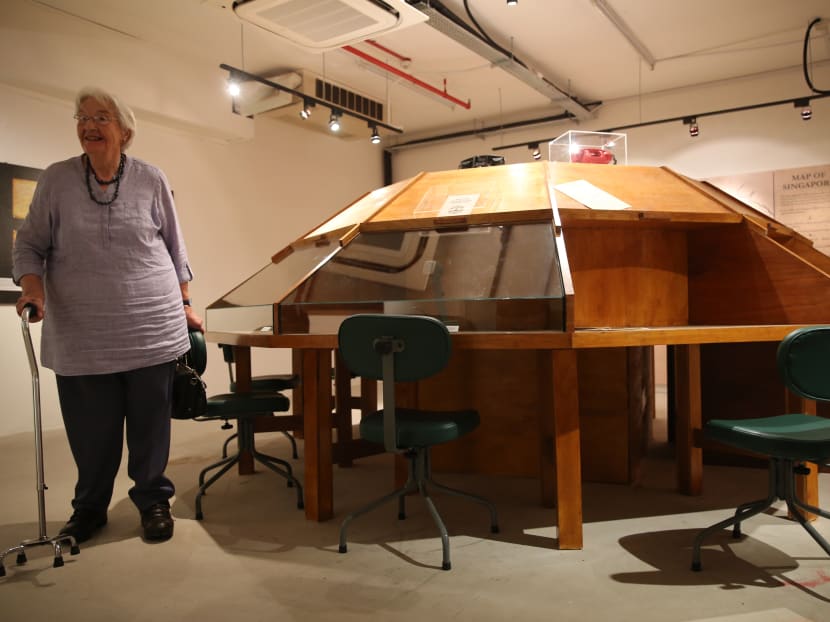
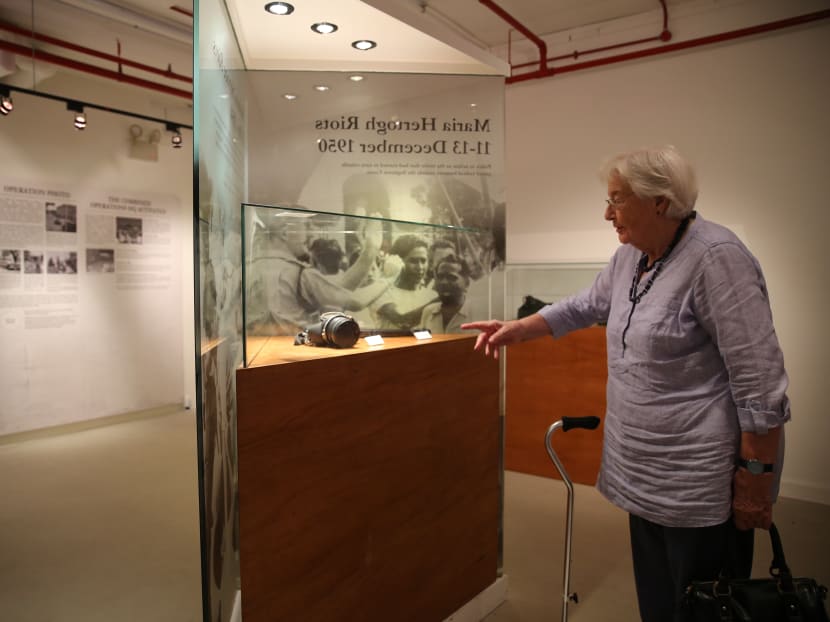
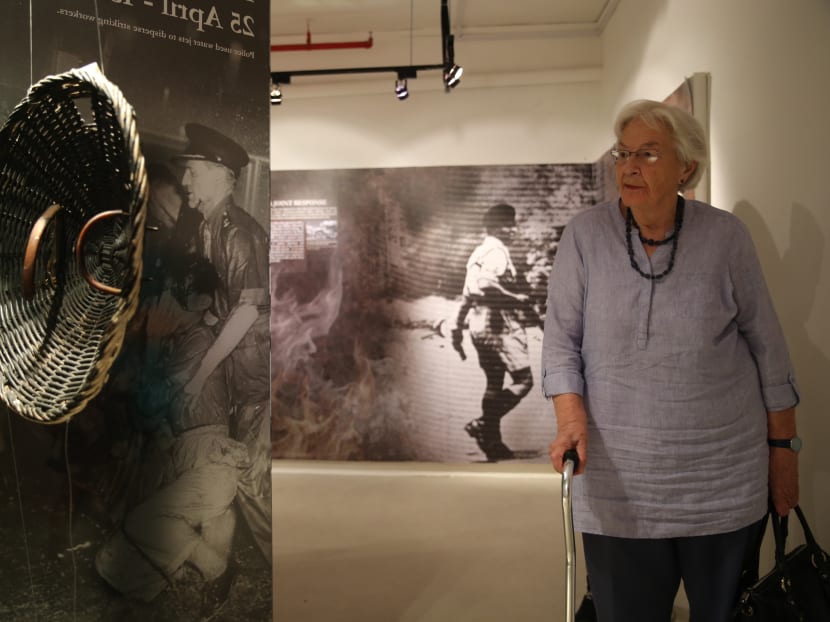
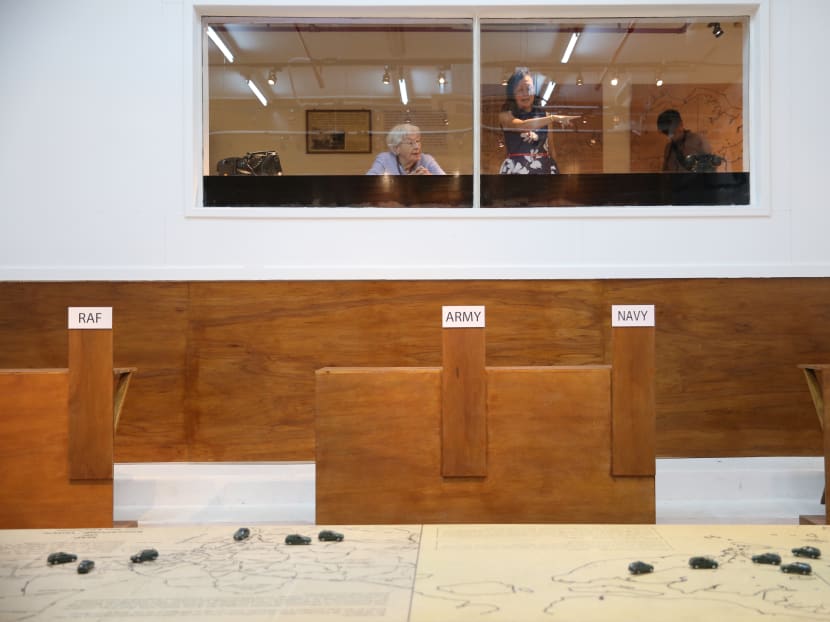
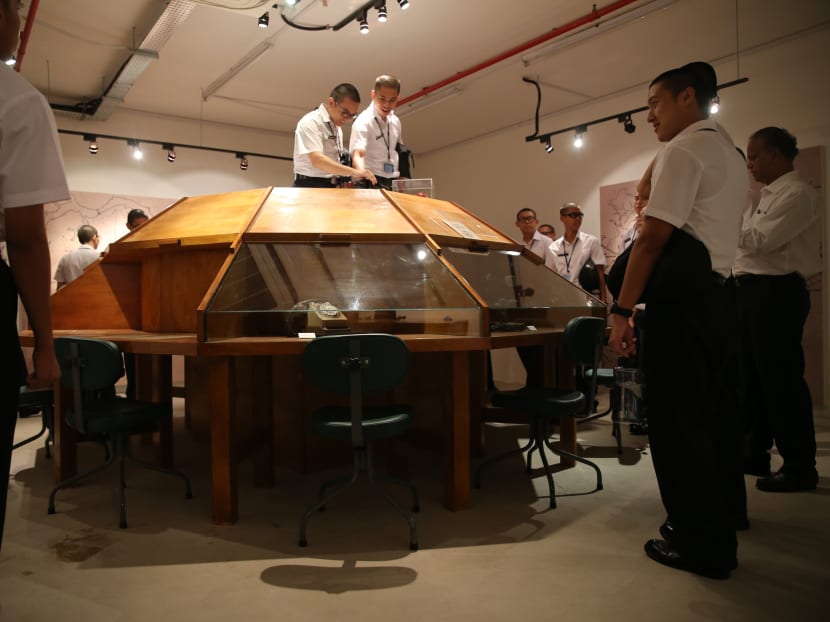
SINGAPORE — The Pearl’s Hill Terrace “secret police bunker”, with its bomb-proof walls and refurbished police operation rooms, has piqued the curiosity of visitors and generated such a healthy interest that the Ministry of Home Affairs is looking at possibly conserving the bunker.
The British-built police bunker — better known as the former Combined Operations Room — will close at the end of this month. Some 3,000 people have visited the grounds since it first opened for public tours last October. A Home Team SG50 exhibition to tie in with Singapore’s 50th year of independence last year is also part of the experience.
Today (Jan 5), Mrs Jean Marshall, widow of Singapore’s first Chief Minister David Marshall — who had opened the bunker in 1956 — was invited for a visit.
Conserving the bunker would be important in efforts to educate Singaporeans on their national history, Mrs Marshall said, adding that key educators could also visit the bunker, which has attracted mostly Singapore visitors so far.
Tucked away in a corner of bustling Chinatown and public housing blocks, close to the People’s Park Complex, the nondescript facility was set up after a series of riots rocked Singapore in the 1950s, including the 1950 Maria Hertogh riots and the National Service riots of 1954.
The police managed critical operations from there, including the 1956 Chinese middle-school riots and the Konfrontasi campaign in the 1960s.
It was the nerve centre for police communications until 1988, as it managed all 999 calls.
In the bunker, you see police message forms on desks and learn that the phone operators received all kinds of calls concerning security threats, accidents, gang fights and the like.
There are eight rooms recreated according to its original settings, with one saucer-shaped multi-sided podium where a former radio control room used to be.
After the police moved out in 2001, the bunker was taken over by the Singapore Land Authority, leased to a commercial tenant and used as a storage facility.
For Mrs Marshall, it was the first time she was touring the place. As she had first met Mr Marshall in 1959 after his tenure as Chief Minister, she had not witnessed the bunker’s opening in those days.
“I’m astonished that I didn’t know this building existed, but I’m glad they’re thinking of conserving it so people can get an idea of how different … precarious things were in Singapore’s history,” the 89-year-old said, adding that she “learnt a lot”.
“If people come to a place like this and have read about, say, the Hertogh riots in the history books, it suddenly becomes alive,” the former University of Malaya lecturer said.








